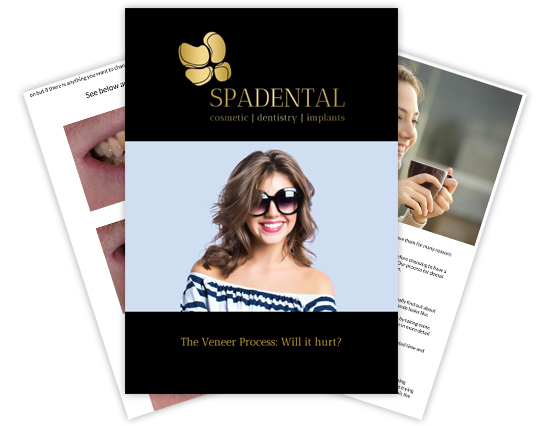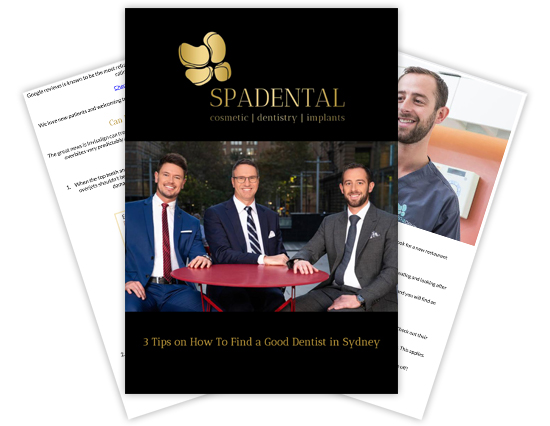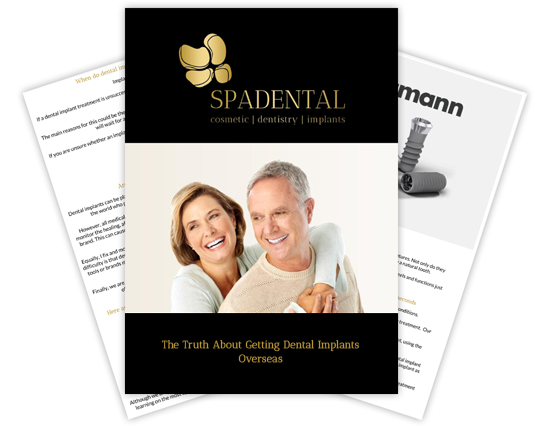Are you brushing properly?

Most of us are rushing our brushing. Do you know how to do it correctly?
In an average lifetime you will spend 38.5 days cleaning your teeth. But how do you know you’re doing it right? Seven in 10 Australians admit they should be doing a better job caring for their teeth, according to an Australian Dental Association (ADA) report.
If you want a perfect smile, getting your technique right is just as important as the frequency of your brushing.
Plaque starts to form right near the gum line and not where we bite, so you need to aim the toothbrush at the gum line. We recommend the modified bass technique for brushing, which essentially means brushing from the bottom of the tooth to the gum line and then brushing tooth to tooth with circular movements.
Imagine your mouth is split into four areas: top left, bottom left, top right and bottom right, each quadrant should be brushed for 30 seconds and the inside, outside and biting surface should be cleaned.
But teeth should be cleaned and not scrubbed, more than 90 per cent of people scrub their teeth, which can create a lifetime of problems Some people scrub so hard, they clean the plaque off but also abrade the enamel and cause permanent damage. An indication that you’re pressing too hard is if the bristles on your toothbrush are splayed after only a week or two of use.
Common brushing mistakes
- Not brushing for long enough. You need to brush for two full minutes, morning and night.
- Not brushing your gums. Angle your toothbrush to your gum line to make sure you’re brushing where the plaque is.
- Brushing too hard. Teeth need to be brushed, not scrubbed.
- Not flossing. Make sure you floss every time you brush.
Tips
- Electirc vs manual brush? It is personal preference but an electric toothbrush can increase the compliance of brushing for two minutes, it brushes all quadrants equally and correct force is applied
- Before or after breakfast? If you eat or drink something acidic and brush straight after, you’re in danger of removing enamel. Once enamel is gone it can’t be replaced, so brush your teeth before you drink that breakfast orange juice.
- How often should brushes be replaced? Studies have shown that after three months of wear and tear, toothbrushes are up to 95 per cent less effective at removing plaque from teeth and gums and can become a breeding ground for bacteria.




